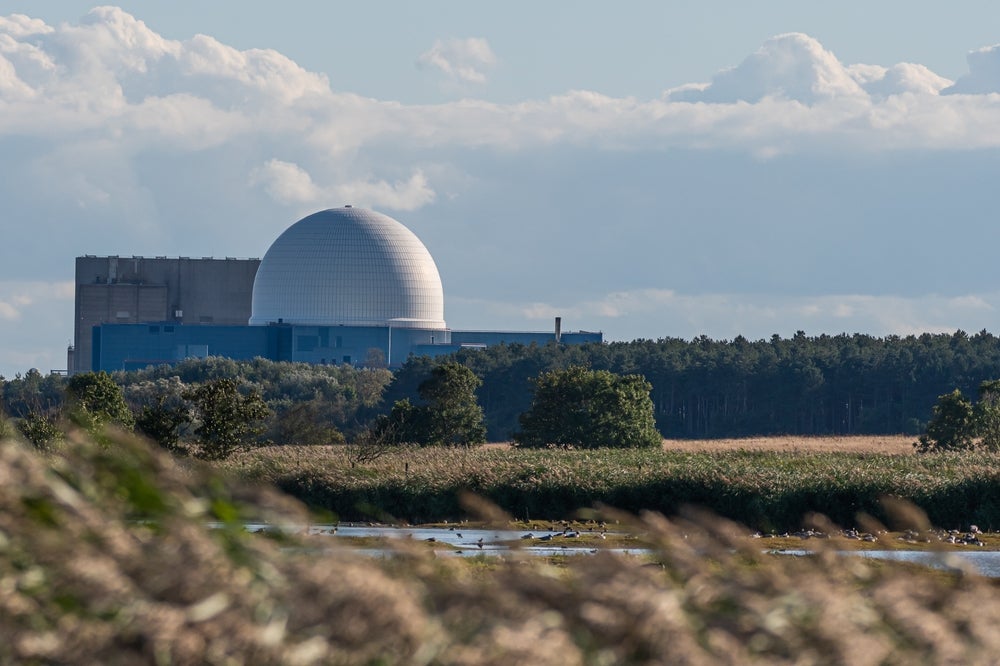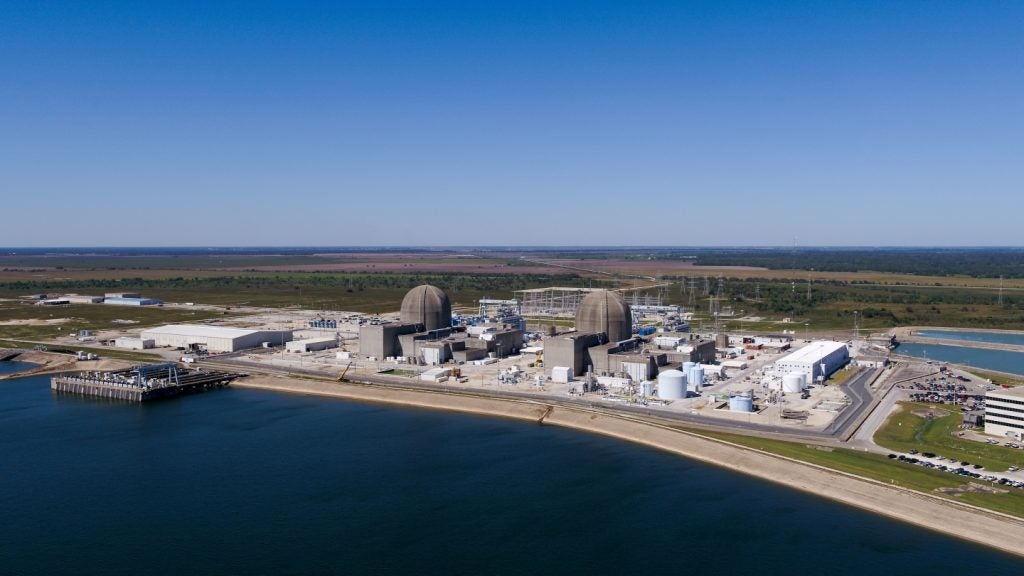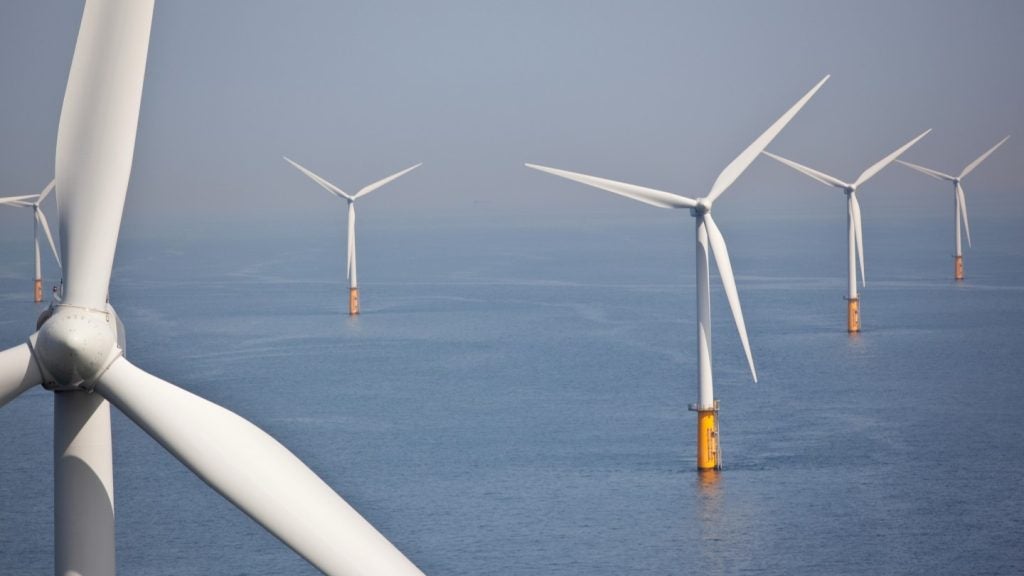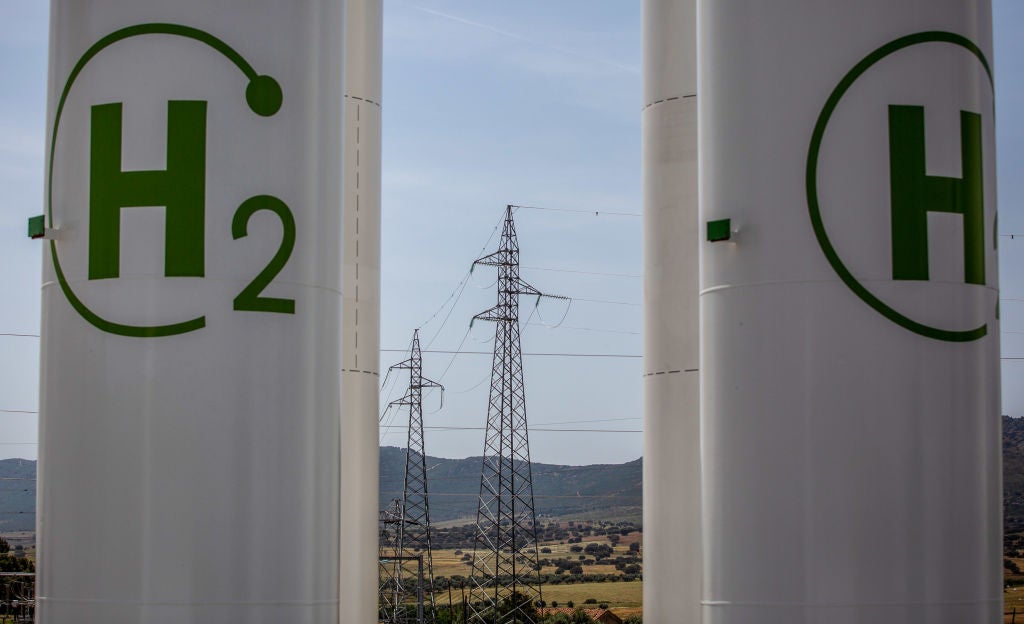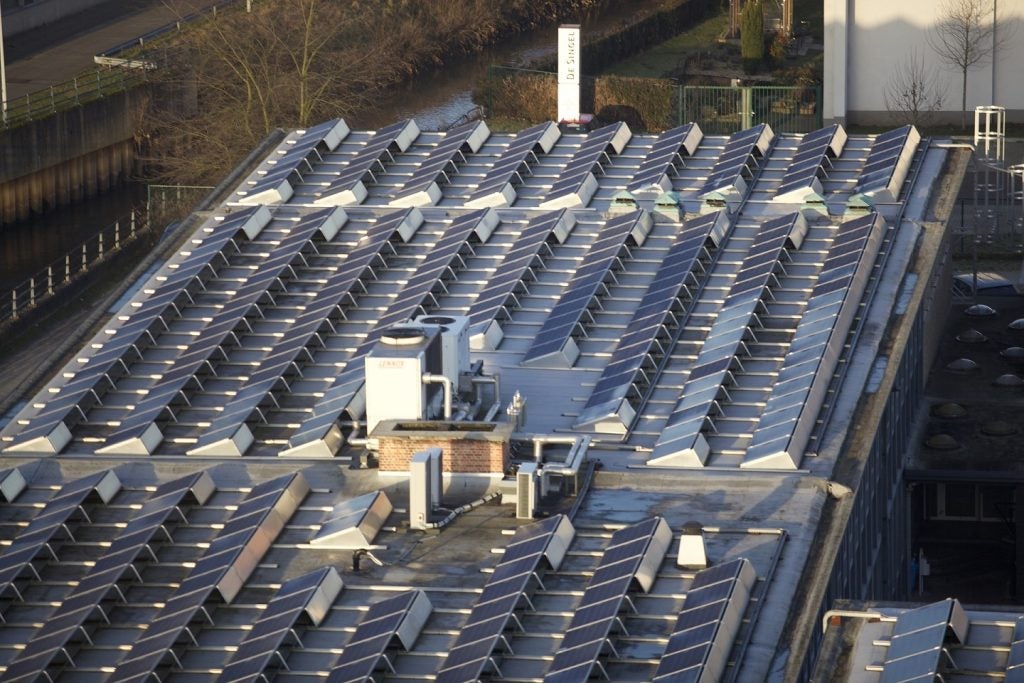Engineering company AtkinsRéalis has been awarded a contract to design key components for the Sizewell C nuclear power station in Suffolk, UK. The company will design critical elements such as the conventional island, balance of plant, heat sink and concept design for permanent roads and networks to facilitate construction and long-term operation.
AtkinsRéalis has been working on Sizewell C since 2014, contributing to site establishment, enabling works, detailed design of earthworks, and concept designs for the campus, desalination plan and 132kV system. EDF Energy is responsible for the overall construction of Sizewell C, which, when finished, will produce 3.2GW of power.
Chris Conboy, managing director of nuclear and power for the EMEA region at AtkinsRéalis, said: “Sizewell C has the potential to play a vital role in bolstering the UK’s energy security and powering the net zero transition. Our design contract with Sizewell C marks an important next step in keeping it on track for construction and comes at a time when the UK Government has recently shown its continued commitment to the project.”
The UK Government is looking to accelerate construction progress at Sizewell C, having allocated a further £170m ($206.7m) of funding to the project in July 2023. At the time, the then Energy Security Secretary Grant Shapps said: “Sizewell C represents the bridge between ongoing construction of Hinkley Point C and our longer-term ambition to provide up to a quarter of the UK’s electricity from homegrown nuclear energy by 2050.”
In the same month, Great British Nuclear (GBN), a national body tasked with expanding nuclear power production in the country, was also launched.
Through the GBN initiative, £157m of grants were offered to support the development of small modular reactors to complement Sizewell and the UK’s existing nuclear projects.
The policy to promote nuclear has not been wholly popular, however. In March 2023, the campaign group Together Against Sizewell C said the government had failed to consider possible environmental impacts of the construction. Specifically, the government said the power station site would be clear of nuclear material by 2140, but the protest group claimed rising sea levels and storm surges could flood the site before it has been decontaminated.


